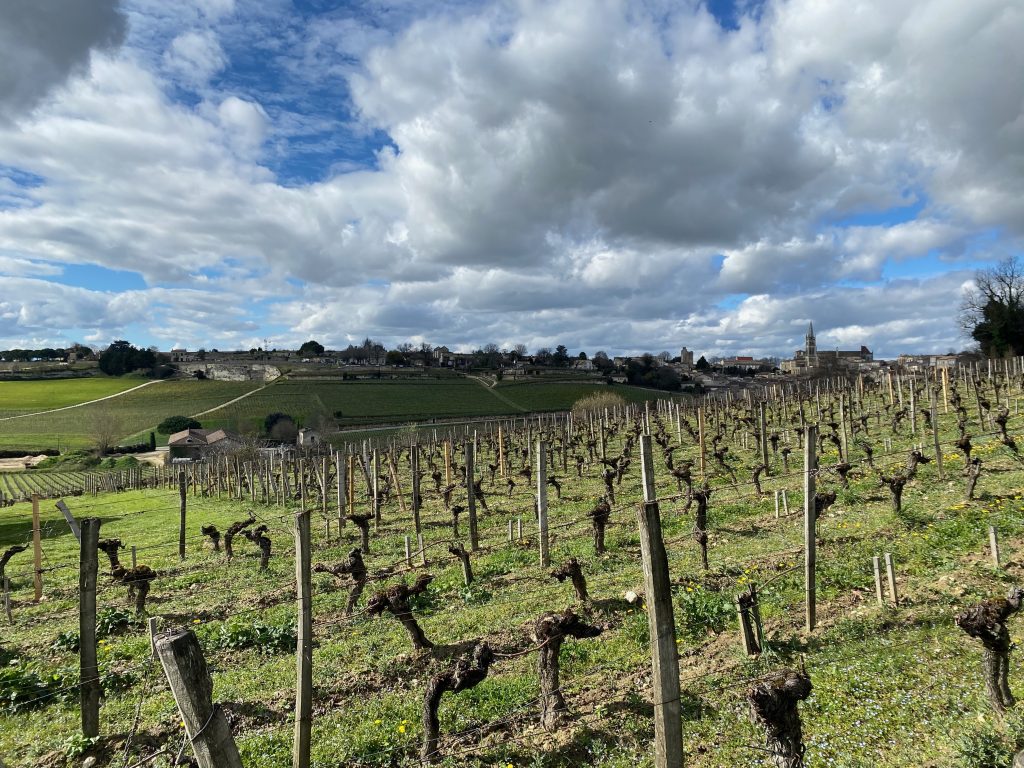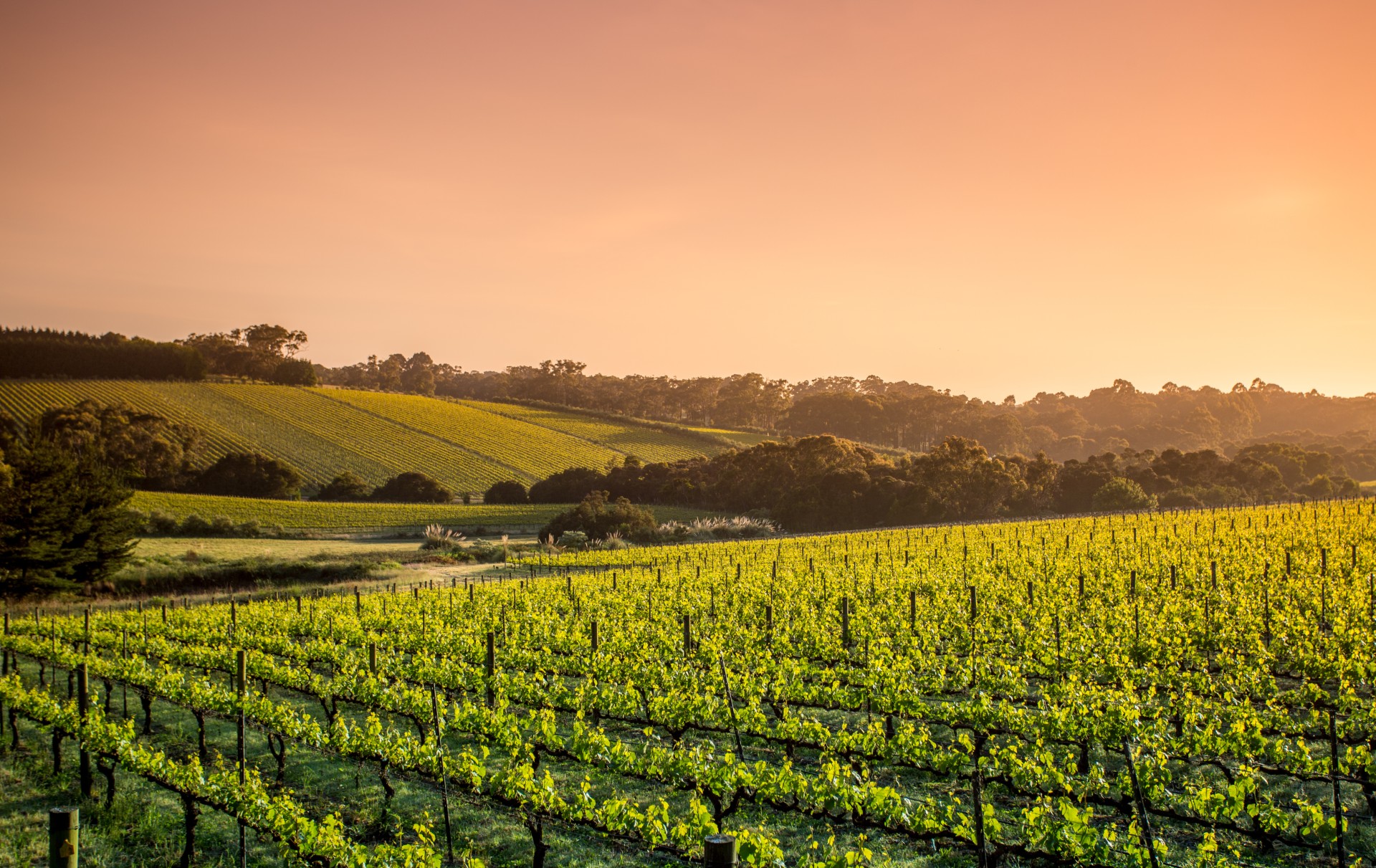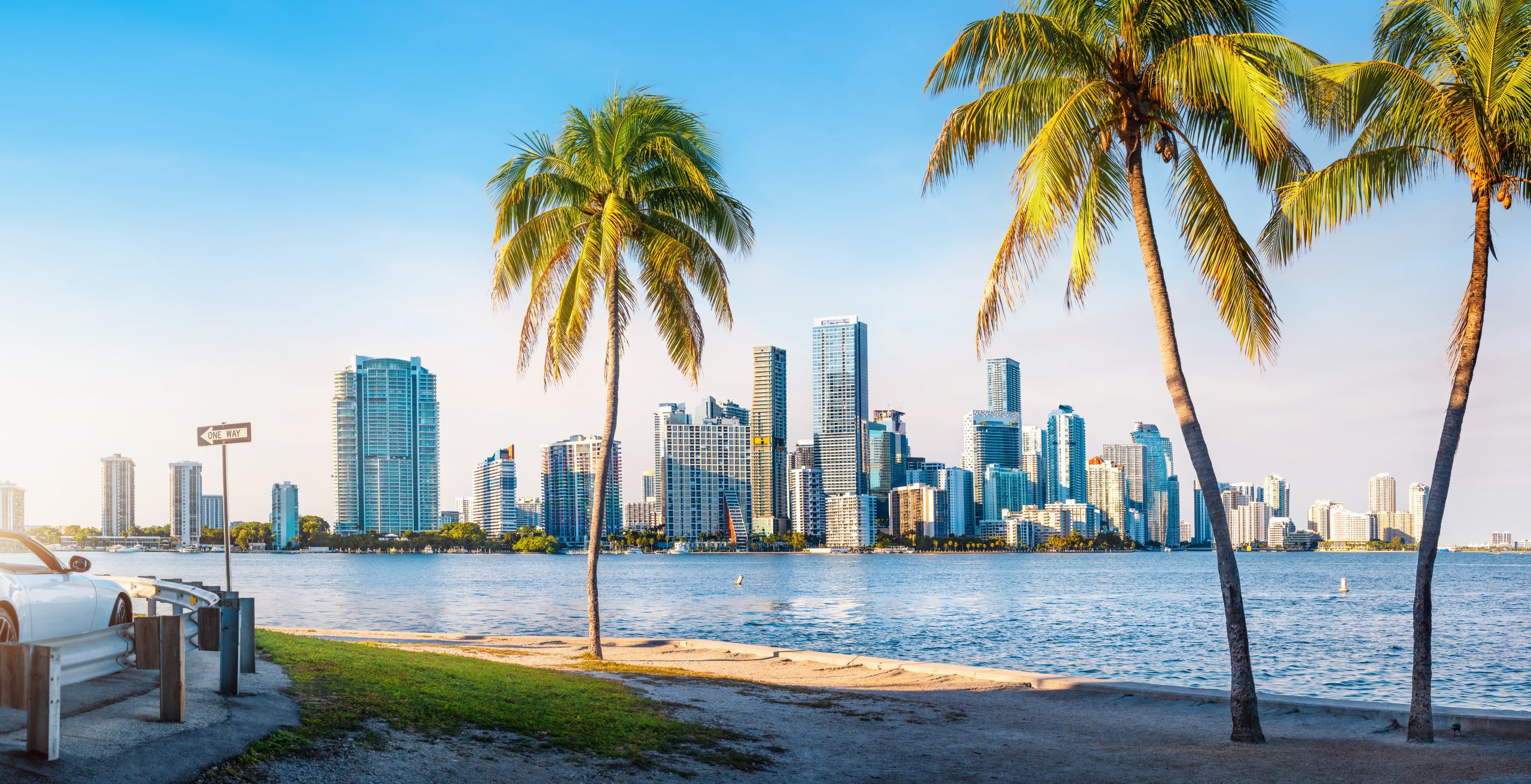Bordeaux vintage report part 2: a vintage of reactivity, vigilance and surveillance
In the second of his two-part vintage report, Bordeaux correspondent Colin Hay looks at the main features of a growing season that was notable for the significant challenges it posed and looks at what this means for the quality.

As noted in part one of this Bordeaux vintage report, 2023 is a vintage that is likely to be judged favourably – a good and perhaps even a very good vintage, but it is not one that would not have turned out well even a decade ago. Its heterogeneity prevents it from being regarded as exceptional even it if is likely to have produced a number of truly exceptional wines. but how did we get there? What were the principle feature of the growing season?
Principal features of the growing season
- Following the harvest, the autumn of 2022 was unusually hot, a continuation of the almost unprecedented summer conditions (and an augur perhaps of the Indian Summer that would ultimately prove so important to the ripening of the fruit).
- Yet the winter itself proved somewhat cooler than the, at least recent, norm (though in fact rather closer to longer-term averages due to climate change). January, in particular, brought a sudden drop in temperatures. In the end, 17 nights were recorded with temperatures below zero, around the norm for the last decade (though unusual in the context of the last 5 years). During the winter, the region saw significant, though by no means excessive, volumes of rainfall, contributing to a modest replenishing of the water table (which had been much depleted in 2022).
- Though the spring of 2023 was significantly warmer than normal, débourrement (budburst) took place if anything somewhat later than in recent years (following the relatively cool and overcast winter) in the final days of March in a homogenous manner across the region.
- The growing season had got off to a good start, not least as a less precocious budburst mitigated the risk of frost damage.
- When it came, the frost at the start of April was not sufficient to have any significant bearing on either budburst or potential yields (save other than in a handful of vineyards).
- From April onwards, the tone was set for the growing season ahead, with the spring turning out damp and increasingly hot. April and May were 1 degree above the 10-year average whilst June was a full 3 degrees above the norm.
- The combination of rain and sustained heat brought significant mildew pressure, on a par with 2018 and 2020 in terms of its potential severity though more unevenly distributed in its effect and eventual impact. Yet, perhaps surprisingly, the overall volume of rain was not in fact massively above the 10-year average. It still posed a thorough test of capacity and skill, requiring timely and repeated treatments, above all in the most exposed vineyards and those practicing organic and biodynamic viticulture.
- The mildew pressures was at its greatest in June at the moment of fruit set which took place in a context of already high ambient temperatures and alternating periods of strong rain followed by further spikes in the temperature.
- The vines at this stage were extremely vigorous in their foliage production, increasing the risk both of mildew establishing itself in the first place and of its subsequent propagation. A combination of mildew and, following in its stead, black rot ravaged many untreated, particularly exposed or ineffectively treated plots, parcels and entire vineyards.
- Exposure was, however, highly uneven – much more so than in recent mildew-afflicted vintages. It is a major (though by no means the only significant) factor contributing to the variation in the appellation-by-appellation aggregate yields (see Table 5, below). The damage it inflicted varied according to terroir type, varietal (Merlot being particularly susceptible), the age of the vines and, of course, access to the resources to protect the vineyard with timely treatments (often needing to be delivered at night or in a short rain shadow).
| 2019 | 2020 | 2021 | 2022 | 2023 | 10-year average | Relative to 10-year average (% change) | |
| Margaux | 49.2 | 36.3 | 38.6 | 31.3 | 37.7 | 39.7 | -5.0 |
| St Julien | 45.5 | 34.3 | 35.2 | 34.3 | 50.3 | 40.1 | +25.4 |
| Pauillac | 46.7 | 37.4 | 35.1 | 34.8 | 47.1 | 39.7 | +18.6 |
| St Estèphe | 49.7 | 41.2 | 40.7 | 31.5 | 51.6 | 43.4 | +18.9 |
| Pessac-Léognan rouge | 47.2 | 34.6 | 30.7 | 35.7 | 38.1 | 38.5 | -1.0 |
| St Emilion (GC) | 43.0 | 36.7 | 27.5 | 41.2 | 40.5 | 37.2 | +8.9 |
| Pomerol | 43.0 | 39.8 | 28.9 | 32.3 | 45.2 | 36.1 | +25.2 |
| Pessac-Léognan blanc | 46.3 | 38.6 | 30.7 | 31.6 | 50.3 | 37.3 | +34.9 |
| Sauternes/Barsac | 13.6 | 12.3 | 3.5 | 14.1 | 12.2 | 13.9 | -12.2 |
Table 5: Average vineyard yield by appellation (hl/ha)
Source: calculated from Duanes data compiled by the CIVB Service Economie et Etudes
Reward of reactivity, vigilance and surveillance
- 2023 is undoubtedly, then – and, like 2018 and 2020 before it – a vintage that will have rewarded reactivity, vigilance and surveillance capacity in the vineyard. Those with resources were much better able to preserve the potential abundance the vintage had offered from the moment of budburst. A further factor here is proximity to abandoned vineyards, above all in the commercially-challenged Entre-deux-Mers. It is very difficult to protect one’s own vineyard from the threat of mildew if it borders that of an untreated and abandoned vineyard in which mildew is already rife.
- The best way to see all of this is in the numbers. If we compare (as in Table 6, below) average yields for the (relatively resource-rich) leading appellations of the Médoc with those of the (relatively resource-poor) AOC Bordeaux appellations, the effect is starkly revealed. Whilst yields in the former rose significantly between the (hardly generous) 2022 vintage and 2023, those in the latter fell no less significantly. The overall effect, as the data show clearly, is that whilst the overall regional yield (the data in the top row) fell, those in the most prestigious appellations (further down the table) rose. On the right-bank, these effects largely cancelled themselves out (with Pomerol and the St Emilion Grand Cru high yielding, the rest of Saint-Émilion and some its satellites much less so).
| 2022 | 2023 | Change | |
| All AOP Bordeaux rouge & rosé | 38.3 | 36.1 | -11% |
| … AOC Bordeaux rouge | 39.7 | 33.3 | -26% |
| … Left-bank (Médoc & Graves) | 34.5 | 40.0 | +13% |
| … Right-bank | 42.2 | 42.6 | +1% |
Table 6: Average vineyard yield by appellation (hl/ha)
Source: calculated from Duanes data compiled by the CIVB Service Economie et Etudes
- Flowering occurred under excellent (above all, drier and windier) conditions, helping to ensure an easy pollination and confirming the relatively homogeneous and generous size of the potential harvest, at least for those who had managed well the threat of mildew (those for whom it had remained a threat rather than becoming established in the vineyard).
- 2023 is a vintage of extremes, no more so in terms of yields – with abundance in general, but with catastrophically low yields and abandoned parcels wherever the mildew took hold. Whilst it is not a major factor in the finished wines, it has nonetheless taken a colossal toll in the region more generally.
- The summer was labour intensive, with considerable vineyard management required to restore order in parcels that had suffered mildew loss and which typically were characterised by a potentially dangerous overproduction and by excess foliage. The uneven quality of this work (again, linked as much to the access to resources) has no doubt contributed further to the unevenness of the vintage (both in qualitative and quantitative terms).
- Throughout June, the grapes swelled due to the general abundance of water and the absence of hydric stress. Indeed, in such conditions, vegetative growth continued beyond the start of véraison (the first colouring of the grapes). The fourth of Axel Marchal’s five condition for a great vintage was, then, clearly not met.
- Véraison itself began early, around the 10 July, reached its mid-point around the 23rd and lasted a whole month. In warm yet not particularly sunny conditions and with periodic storms the grapes continued to swell, raising fears that they would prove difficult to mature. There was a first peak in temperature at the end of June and the beginning of July but this was not as extreme as in 2022 (at 28 rather than 31 degrees). That said, in June itself there were 23 days in which maximum temperatures exceeded 25 degrees and 8 days of significant (often tempestuous) rainfall.
- July remained warm, but not excessively so and was both dry yet largely overcast (with significantly lower total recorded hours of sunshine than in recent vintages). From mid-July, temperatures moderated, with daily maximums of around 27 degrees in contrast to the 30 degrees of 2020 and 2022.
- August, in keeping with the theme of the summer, was a touch cooler than usual (with an average temperature of 21 degrees rather than the staggering 26.5 degrees of 2022). Rain swelled the fruit again, exacerbating the risk of dilution and a lack of concentration and giving the impression that the grapes were slow to ripen. Indeed, with véraison persisting into the second half of August in some cases and under far from summery conditions, fears grew for a difficult end to the growing season and late maturation of the fruit.
- But, just in time, dry and hot conditions were established in the second half of the month (around August 16th). In the context of an intense heatwave (almost unprecedented in the region so late in the year) growth stopped abruptly. This gave the whites, above all, the impetus they needed to attain full ripeness and decent concentration before picking began around the 23 August. They are aromatically fresh with moderate alcohol of around 12.5 – 13% and with a nicely elevated natural acidity.
- Between the 4 – 7 September temperatures peaked again, bringing forward the start of the harvest for the youngest parcels of Merlot. Rain between the 10 – 12 September brought a pause to proceedings, with the harvest only resuming in the second half of September and running into early October for the older vine Cabernet.
- Due to the hot and dry Indian Summer conditions which had, by this time, become established, fruit concentration was finally being achieved. Yet however much this was necessary, it also proved something of a mixed blessing. For the sustained intensity of the heat, as well as making picking extremely unpleasant, was challenging – above all, to Merlot parcels on well-draining soils. It typically fared better on limestone and clay-limestone terroirs, whilst the less hydric stress-sensitive Cabernet Sauvignon suffered least. The heavily clay-based soils of the northern Médoc also offered partial protection.
- Significant wilting, shrivelling and even burning of the grape skins nonetheless occurred in many vineyards (notably in Margaux and Pessac-Léognan). This, in turn, necessitated careful selection and sorting of the grapes and reduced yields – in some vineyards, considerably – with losses of up to 20 hl/ha. Even at Carmes Haut-Brion, a potential yield of a staggering 55 hl/ha was reduced to a (still rather impressive) 50 hl/ha in this way, there having been essentially no loss to mildew.
- But in general the final maturation process passed off well and the vintage was picked slowly, in waves (or tries), to maximise ripeness and to reflect the diversity of factors that had influenced the pace of ripening (notably the capacity to endure the heatwave conditions in the second half of August).
- Those able to harvest precisely, responsively and over a long period of time (parcel bloc by parcel bloc, row by row, even plant by plant) were able to bring in fruit of exceptional quality – much higher than those required, often again for commercial reasons, to pick the entire vineyard in a single day.
- Overall, pH is low and total acidity levels are high; tannin levels are moderate to high (rather higher, in fact, than you might imagine); and alcohol levels are at a pleasingly refreshing 13-13.5% depending on varietal and terroir
General factors influencing quality
The above analysis allows me to offer a few provisional and, at this stage, still tentative suggestions as to the principal factors likely to influence quality in the vintage.
- Dilution, above all, in the early harvested (typically young) Merlot parcels picked before the mid-September rain (10-12 September).
- Mildew pressure – the greatest single factor explaining inter and intra-vineyard heterogeneity. Losses were in some cases catastrophic, but in other places negligible or non-existent.
- The rain in mid-September which delayed the vintage and extended hang times, allowing the Indian Summer to play its magical hand, elevating the quality of the fruit that had yet to be picked and contributing to a vintage picked slowly over an extended period of time (25 August – 8 October).
- The sustained heat of the Indian Summer which helped to elevate the quality of the Cabernet Franc on the right-bank and, perhaps even more so, the Cabernet Sauvignon on the left-bank – yet which posed significant problems for Merlot on well-draining soils. As ever, the combination of terroir type, varietal and the age of the vines is crucial in determining quality – but no more so than in this vintage.
- The wilting, shrivelling and desiccation of the fruit under heatwave conditions in the last two weeks of August and, again, either side of the rainfall in September. This required careful selection and the vigilant use of sorting tables to exclude grapes that might otherwise have brought dried fruit notes to the final wine. The yield losses associated with this are, in many cases, significant.
- Some of the later picked old-vine Merlot (above all on clay and clay-limestone terroirs) is excellent; some of the later picked old vine Cabernet (above all on cooler soils) is exceptional.
- The northern Médoc, above all St Estèphe, appears to have been spared some of the excesses of the growing season, with less rain (and less associated mildew pressure) in the first half of summer (see Table 3) and with more capacity to cope with the heatwave conditions at the end of the summer (due to its cooler, denser, clay-based soils). It is not by accident that it is the highest yielding appellation in 2023. Many of the vintage’s most notable successes (and some of its surprises) may well be here.
Conclusion
In conclusion, 2023 is an extremely heterogeneous vintage. It is so quite simply because the conditions that have produced it were experienced very differently – depending on terroir type, varietal and the age of the vines. Overall yields are high, but the averages mask significant variation and, in some cases, hide very significant losses.
Those losses, however, do not come from a single factor. Some vineyards (Rauzan-Ségla is an example to which I have already referred) suffered massively at the hands of mildew; others, even in the same appellation, suffered essentially no losses through the ravages of mildew only to see their yields slashed by the desiccation of the fruit on the vines in the weeks immediately prior to harvest (Giscours is an example here); still others suffered both effects, to varying degrees. And, of course, some suffered essentially no losses at all.
Partner Content
In the end, however, yields are unlikely to correlate highly with quality. It is perfectly possible (as we saw in 2018, for instance) to produce excellence from small yields through strict selection (much of it, alas, conducted by nature itself). The grands vins of leading châteaux will not contain fruit from mildew-affected parcels. Nor will they contain desiccated grapes. That, in the end, is what sorting tables and optical sorting devices were made for!
But it is possible that, in and through a combination of both natural and manual selection, some grands vins will be rather different in composition than usual (more Cabernet Franc on the right-bank, more Cabernet Sauvignon on the left-bank). It is no less likely that the absence of certain habitual parcels from the final blend will have reduced the overall quality of the final wine. This is not, then, unlikely to be a vintage that can be bought on reputation alone.
Finally, it is important to note that malolactic fermentation was easily and quickly achieved under warm conditions. The result is that the wines have been in élévage since November. In theory, this should make the vintage easier to appreciate en primeur (aided further by the week of en primeur itself occurring at the end, rather than at the start, of April).
This is, arguably, just as well. For, as I have sought to explain and due to a range of factors, 2023 is likely to prove extremely heterogenous (more so, perhaps even than 2018 and 2022). It will require careful appellation-by-appellation and vineyard-by-vineyard analysis.
I am already at work trying to provide the best I can. It will come in the form of a series of appellation-by-appellation profiles, to be published early in May – not before, I imagine, we will already have seen some first releases.
Before that I hope to publish a rather shorter guide to tasting the vintage based on my initial reflections and, as soon as I complete my tastings, an equally short overview. Stay tuned.
Read more:
Bordeaux 2023 vintage part I: quality and quantity together, for once
Bordeaux en primeur system ‘at breaking point’
Bordeaux en primeur: will a ‘35% reduction to recalibrate’ be enough?
Related news
Completing the puzzle: The Missing Piece seeks UK importer




